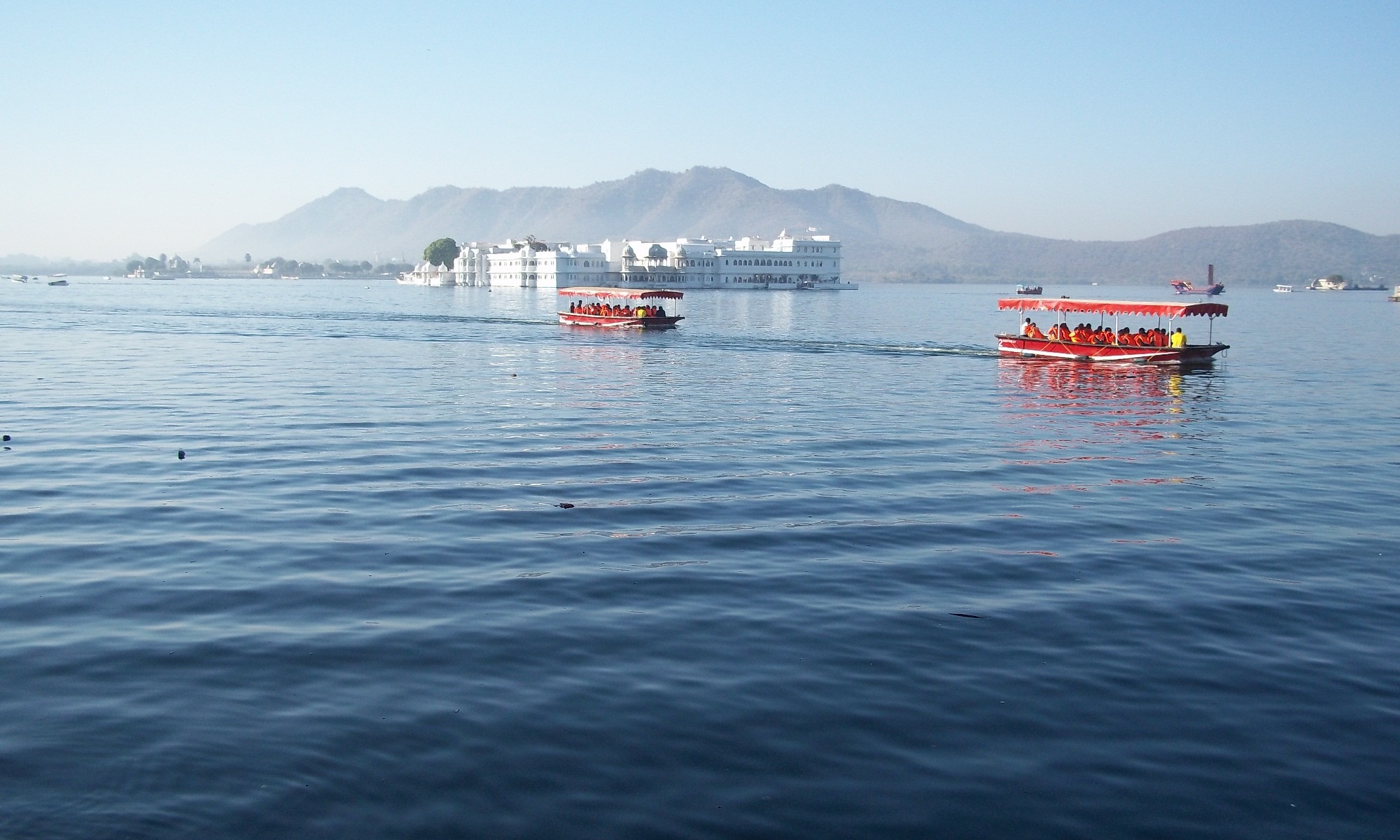Capital: Kathmandu
Area: 147,181 sq kms
Population: 27 million
Religion: 86% Hindu, 8% Buddhist, 4% Muslim, 2% Others
Languages: Nepali, English
Time: GMT + 5 hours 45 minutes
Currency: Nepalese Rupee (approximately 75 Nepalese Rupees per US Dollar)
Measuring System: Metric (kilometres for distance, kilograms for weight, centigrade for temperature)
International Dialling code: 00 977
Driving: Left side drive
Currency:
The local currency in Nepal is Rupee. Kathmandu airport has a 24 hour bank exchange counter. The Nepalese rupee (Rs) is divided into 100 paisa (p). There are coins for denominations of one, two, five and 10 rupees, and bank notes in denominations of one, two, five, 10, 20, 25, 50, 100, 500 and 1000 rupees. Away from major centres, changing a Rs 1000 note can be very difficult, so it is always a good idea to keep a stash of small-denomination notes.
Cash withdrawals on credit cards from dispensing machines are available in Kathmandu and Pokhara but should not be relied entirely on for funds. Travellers cheques can be carried in Pounds Sterling or US Dollars and are accepted at banks and major hotels. Exchanging travellers cheques outside Kathmandu and Pokhara can be difficult. Similarly credit cards, preferably Mastercard or Visa, are accepted in major hotels, tourist shops and bigger restaurants in Kathmandu and Pokhara only.
For those coming from India, Indian Rupees are accepted locally in Nepal as hard currency, however bringing in denominations of INR 500 or above is illegal. It is also preferable if the notes are in good condition as many businesses may refuse to accept worn out notes. If trekking, it is important to bear in mind that cash is necessary, preferably in smaller denominations.
Food and Beverages:
Nepal’s cuisine is influenced by neighbouring India. Dal Bhat – lentil soup served over boiled rice, forms the staple dish of Nepal. Chicken is accepted by most Nepalese, while Pork and Beef tend to be avoided by many, particularly the devout Hindu populace.
Imported liquor and wine can be found only at the more exclusive hotels in Kathmandu and Pokhara, and tend to be expensive. One litre of alcohol per person can be brought into Nepal duty free. Danish beers like Tuborg and Carlsberg are very popular and brewed in Nepal, as is San Miguel from the Philippines. Everest is a popular branded local beer. A local alcohol, called Raksi, is also popular.
Clothing and Climate:
Nepal’s climate follows is dry from October to May with the monsoons from June to September. The monsoon months also tend to be hot and humid. In general light cotton clothes during the day and light woollen for early morning and night are advisable. If travelling at high altitude or trekking, heavy woollen clothes will be required in winter months from December till February.
October and November are good months to visit Nepal, when the air is crisp and clear, and the country is lush and green following the monsoon. February to April is also a good time, when the weather is warming and many flowers are in bloom. Some haze does set in by April obscuring the mountain views. The weather is clear but chilly in December and January. May and early June are the warmest months, and the monsoon is prevalent from the middle of June to September.
Voltage:
The electric voltage in Nepal is 220 volts and pin holes are round (like in India).
